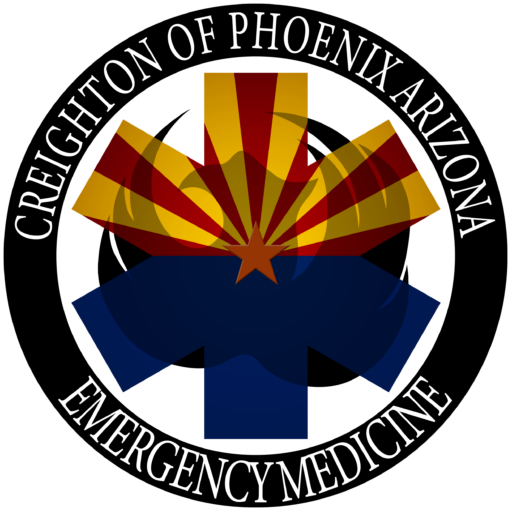When I was rotating through the emergency department on my sub-I’s as a medical student, I remember the differential diagnosis being heavily emphasized throughout, often in the form of the SPIT mnemonic: What is Serious? What is Probable? What is Interesting? and What is Treatable?
Starting out residency, I did my best to practice this thought experiment while in the Emergency Department, but as I progressed through residency I found this to become COGNITIVELY BURDENSOME. For better or worse, cognitive offloading is a necessity in EM as your responsibility for “moving the meat” increases. Sad, but true.
One way I cognitively offload when my patient load becomes heavy is to transition from thinking through a differential for each chief complaint to going through a list of actions for each complaint. What do I need to do to get to the right “diagnosis” without missing something. For example, if a patient presents with “abdominal pain,” I automatically order “belly labs” (CMP, CBC, lipase, urinalysis, +/- beta HCG) and decide if they need imaging (CT of the abdomen and pelvis, RUQ ultrasound, or pelvic ultrasound). For chest pain patients, everyone gets an EKG and chest x-ray and I decide if I need to order a troponin, D-dimer, or aortogram (I also now have streamlined decision algorithms I use in my head to pick each of these tests). While this may not be the most “cost-effective” strategy, it is my personal opinion that the unfortunate legal and corporate pressures imposed on us in emergency medicine in no way incentivize us to order tests with surgical precision: in the most reductionist sense our job is to triage, resuscitate, disposition, and move on (though I would argue we do a lot more than that).
I use the same strategy of cognitive offloading by replacing a differential diagnosis with actionable items in cardiac arrest. We’ve all been taught the H’s and T’s, and most of us hate them. I think that’s because when the pressure is on (whether you’re carrying 15+ patients and have a full waiting room or have a patient literally die in front of you) there is no luxury of performing the mental masturbation of going through a differential. Instead of a list of random diagnoses, I came up with an alternative mnemonic of actions to take during ACLS that systematically rule out each reversible cause of cardiac arrest: ABCD-Ultrasound.
A full explanation of the mnemonic can be found in this article from Emergency Medicine News.

